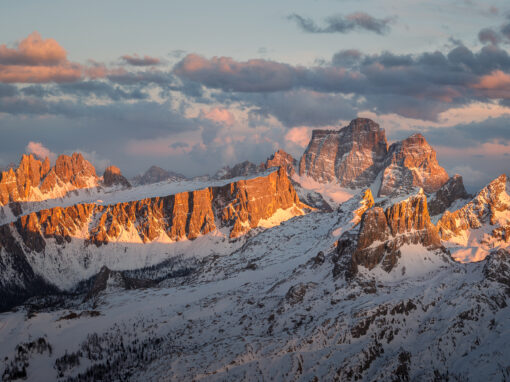Frank Gunn admits that he does not have any of his own pictures on his wall. He prefers to display work made by his friends. As he is a thirty-year veteran of the Canadian Press with multiple awards for his photography under his belt, you might find this surprising, but his rational is clear. “If you are impressed with your own stuff, you are not going to be pushing as hard to do better,” he tells me during our Zoom call earlier this week.
This should not have surprised me. In previous conversations with him, his commitment to the mastery of his craft was abundantly clear. His personal emphasis on precision in camera technique and framing is a lesson that I took to heart when I began my own postgraduate studies almost three years ago. For him, the photographs must be “as perfect and precise as possible”. I have no doubt that keeping Gunn’s dedication to excellence at the forefront of my mind has had a significant effect on my own development and improvement as a photographer.
At this point of the article, you might also be wondering who Frank Gunn is. You might not know his name, but you will have seen his work and that work is world class. He prefers not to talk about it, but he has won every major award in Canadian photojournalism. If there is a major event in Canada, from elections to COVID to riots, he is there. If there is a major global sporting event, you will find him documenting what is happening. If you do not believe me, check out the picture of Kawhi Leonard’s buzzer-beating, game-winning hoop that won the 2020 World Press Photo sports category. It is not Gunn’s picture, he has never entered the competition, but he is in it: look for the photographer in the green shirt closest to the action focused on making images of the events unfolding rather than being caught up in the drama. I asked him why he keeps himself in the shadows. He rightly points out that if he is “front and centre” he cannot do his job properly. For him, a low profile is key to being successful in his work.
I focused our conversation on sports photography, as this is a subject that this column has never previously examined. I asked Gunn, who estimates that sports photography makes up about fifty percent of his output, about what he thinks makes an exceptional sports image. His response was enlightening: the picture must go beyond simply documenting the winning moment. “It’s taking the sport and showing people what they can’t see. Showing something special that’s happening within those moments.”
Gunn noted that, “Early in my career, back in the manual focus days, the 80s and 90s, it was how sharp could you shoot it.” Sharpness is still an ever-constant topic in photography and is the subject of many a boring camera shop conversation or tech magazine article. (Believe me, I have endured extensive experience of this. It is only second to “colour science” in my pet hates.) Gunn is, of course, expert at sharp images and perfect focus, but with recent improvements in camera technology, sharp images are now commonplace. As a result, he has moved in a different direction when adding an extra layer of creativity to his sports photography and has placed an emphasis on motion. It is five of these motion-filled panning shots that provide the visual focal point of this article.
Interestingly, one of the commonalities that makes all these images successful is our old friend sharpness but in a different way to how we talk about it in portraits or landscapes. As Gunn points out, “With pans, the head has got to be razor sharp. Everything else can be mucky muck. If the subject is not razor sharp, it’s not a pan. It’s just a blurry picture.” The athlete’s head is the one point in the image where the action must freeze. He is absolutely right. Every one of these photographs works beautifully.
Our banner is a spectacular photograph of the IndyCar driver Alex Tagliani. The car, sporting what Gunn describes as a “hot wheels paint job”, was so colourful and striking that he had to create an image to celebrate it. I generally do not discuss the technical aspects of an image in this column, but here it is worth mentioning. It was shot at 1/20 of a second with a 400mm lens with a 1.4 teleconverter attached. This is a car that was travelling at high speed, and it was framed in a perfect panning shot.
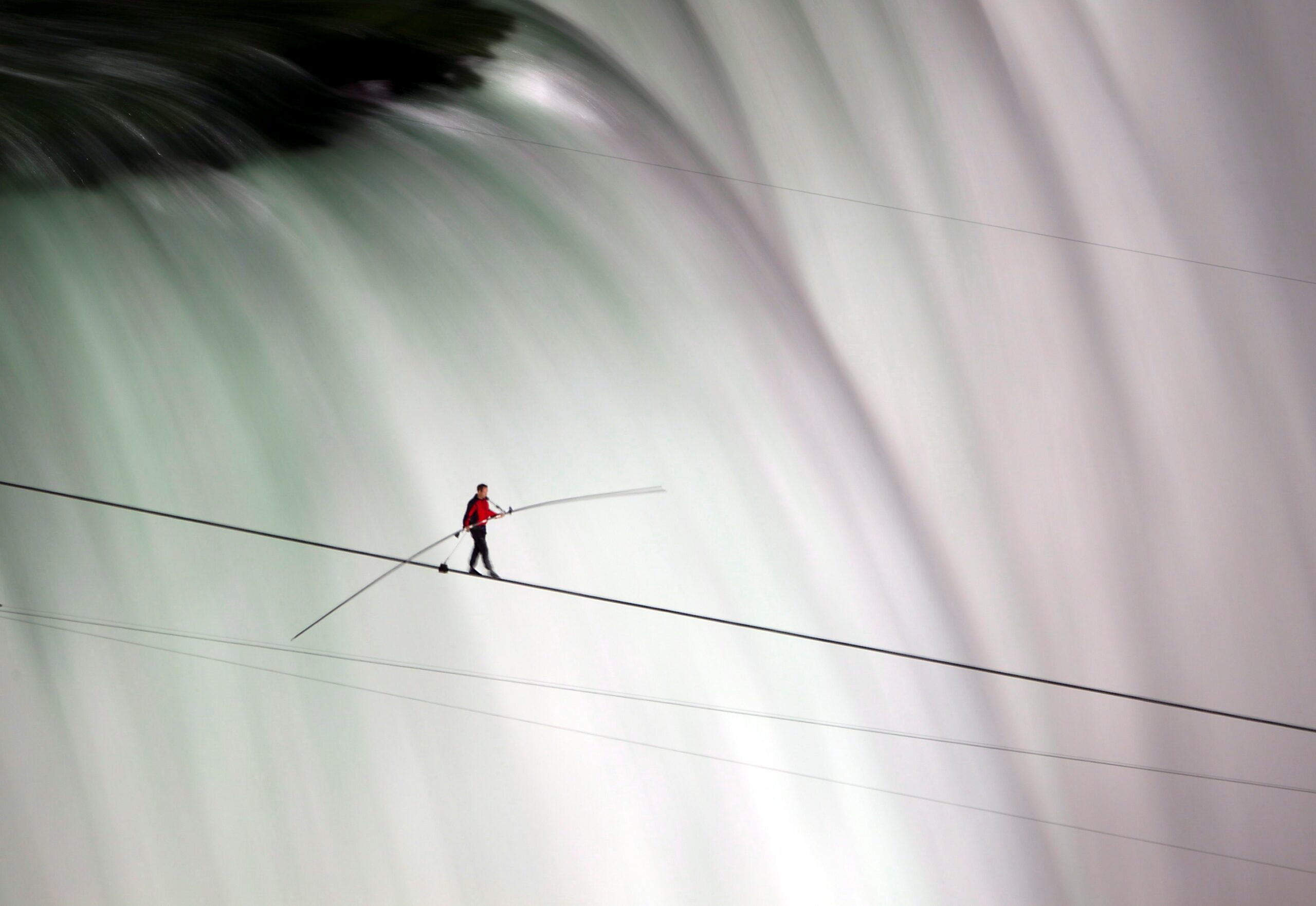
Perhaps the most well-known of his motion shots is this 2012 picture of daredevil Nick Wallenda walking a tightrope across Niagara Falls. Gunn was inspired to photograph the event “like a nature shot with the water painting the background to show the power.” He spent many hours beforehand preparing. The key in making this picture was the fact that the pan could not be made horizontally as this would have caused the wire to disappear. To avoid this, he practiced following the line of the wire until he was confident of his setup. The image, which was featured in Time magazine, is even more technically mind-boggling than the photograph of Tagliani. It was shot with an 800mm lens and 2x teleconverter at an exposure of half a second! It captures the event to perfection.
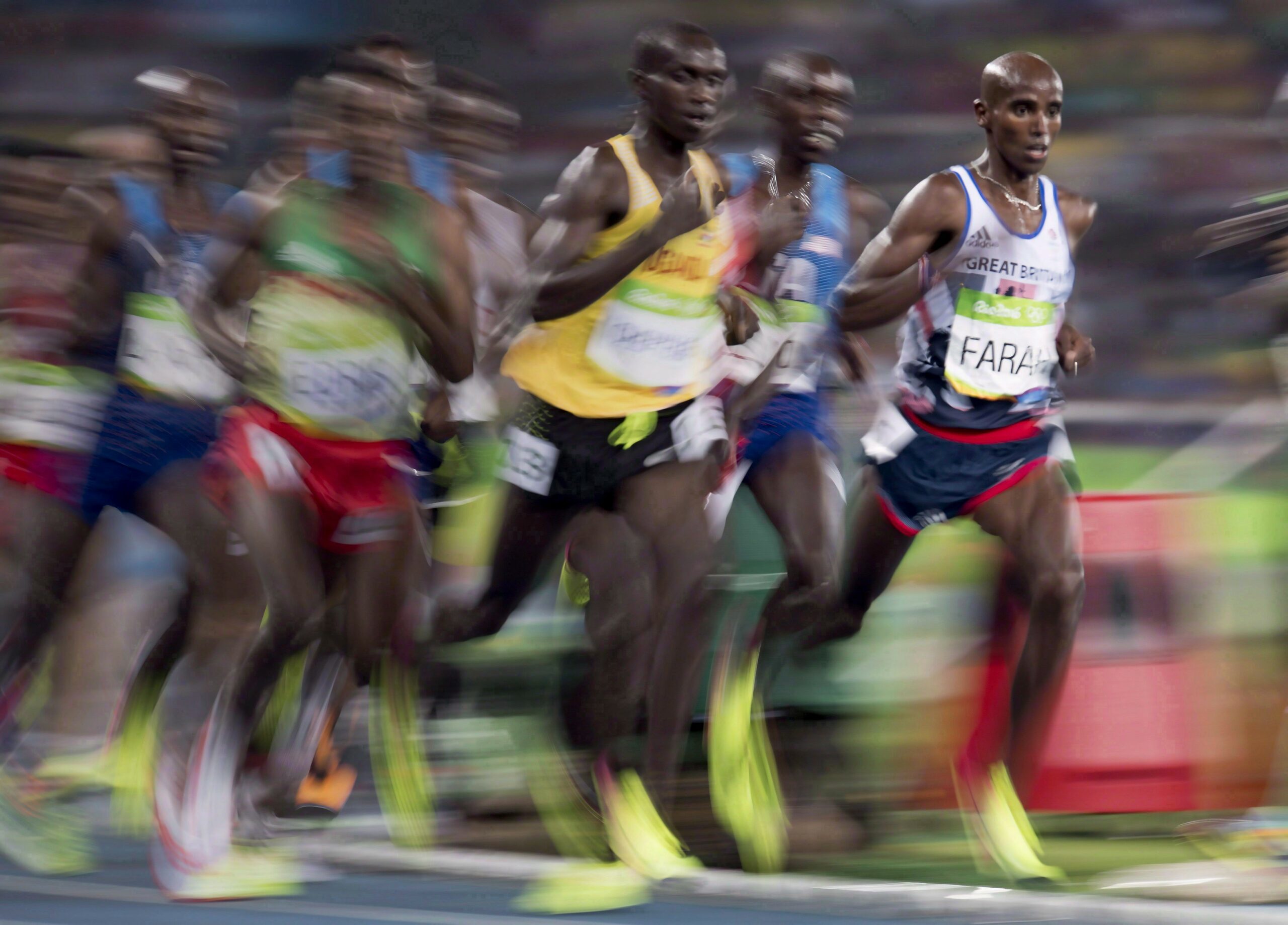
With the skills honed on the Tagliani and Wallenda shots, Gunn was able to make this exceptional image of Great Britain’s Mohammed Farah, one of the 21st century’s greatest athletes. Gunn feels that photographs of distance races are generally either messy, when all the athletes are together, or lacking dynamism, when a lone athlete is finishing. Here, the photograph is infused with motion. The single-minded focus and concentration on Farah’s face is captured beautifully.
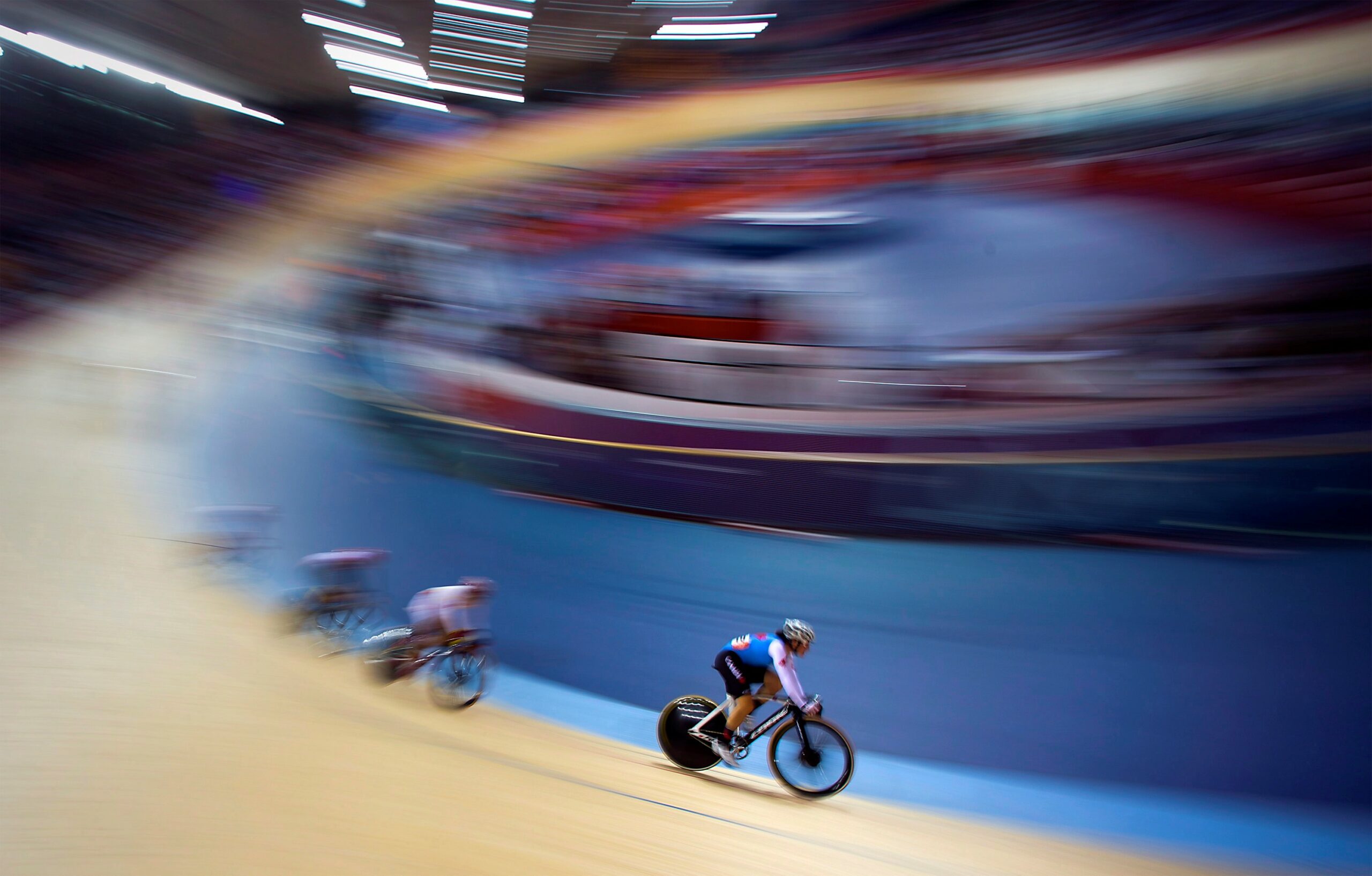
The same dynamic motion can be felt in this image of a Canadian cyclist at the London velodrome, the scene of many of the moments of great joy for the home supporters at those Olympic Games. The difference with this shot, captured with a wide-angle lens, is that not only do we understand the speed at which these athletes are travelling, but we also know exactly where they are doing it. This picture speaks to the very core of velodrome cycling.
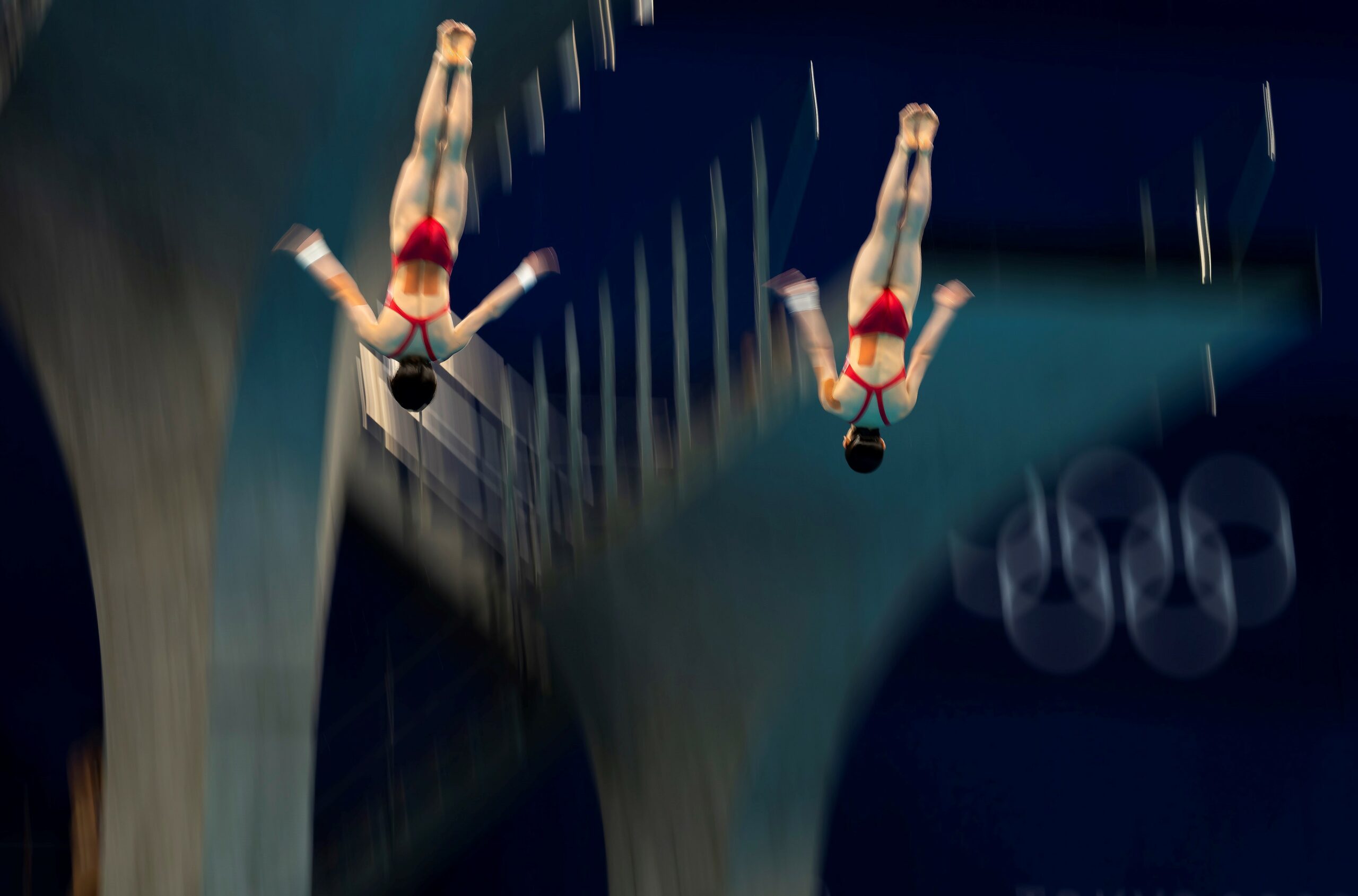
Our final inclusion is perhaps Gunn’s own favourite from his collection of panning shots. He describes the two divers as looking like angels with their wings open as they fly to Earth. I am inclined to agree with him. The Olympic rings, visible on the right, add a beautiful extra element to the composition. For the Tokyo Olympics, Gunn had switched from using a high end DSLR to a mirrorless equivalent. As brilliant as the current generation of mirrorless cameras are, they add an extra challenge for the sports photographer. The refresh rate of the viewfinder screen means that the photographer is not quite seeing the action in real time. To compensate for this Gunn made this image by pressing his face onto the camera and looking over the viewfinder!
Throughout this article, I have spent much of the time discussing Gunn’s attention to detail and precision, but this is perhaps selling him a little short. Not only are these photographs technical masterpieces, they are also beautiful works of art. I would happily hang each and every one of them on my wall. To me, they do not simply capture the action but offer insight into the very essence of the sports that they show: the speed, the power, the bravery, and the competitiveness. By never compromising on his obsession with perfection, Gunn has brought Canadian viewers and the wider world over thirty years of exceptional news and sports photography. I hope he long continues.
FRANK GUNN
All images shown are by kind permission of Frank Gunn and the Canadian Press.



